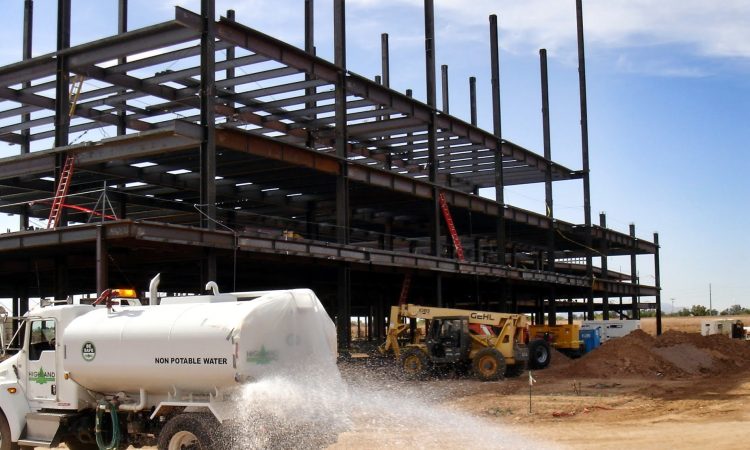
During construction activities, dust control is a critical part that cannot be overlooked. Not only does excessive dust pose a health risk to workers, but it can also lead to regulatory non-compliance. The Occupational Safety and Health Administration (OSHA) has clear regulations in place to ensure that construction sites adhere to specific dust control measures to protect the well-being of workers. Complying with OSHA regulations for dust control goes beyond legal obligations. It’s essential for safeguarding the health and safety of everyone present at the construction site. Implementing these measures can lead to improved worker morale, increased productivity, and a healthier workforce. It also minimizes potential legal issues and ensures the construction project runs smoothly.
Understanding OSHA regulations for dust control
OSHA plays a pivotal role in ensuring safety in workplaces. When it comes to dust particles in construction, OSHA has specific regulations in place. Understanding these regulations is the first step in ensuring compliance and safeguarding workers’ health. These standards exist not merely to keep construction sites compliant but also to shield workers from exposure to hazardous substances, such as silica dust. These regulations ensure that employers provide a safe work environment, free from recognized hazards.
Health risks associated with dust in construction
Construction dust primarily consists of various particles, including silica, wood, metal, and other hazardous substances. When inhaled, these particles can lead to serious respiratory issues, such as lung cancer, silicosis, and other respiratory diseases. For this reason, OSHA’s regulations aim to minimize the exposure of workers to such harmful dust particles through effective control measures.
Implementing effective dust control measures
Dust control isn’t just about following regulations; it’s about protecting workers from harm. Before implementing dust control measures, a comprehensive risk assessment is crucial. This step helps identify potential hazards and customize solutions for specific construction projects. To ensure compliance with OSHA regulations, construction companies must implement robust dust control measures. This includes using engineering controls like wet cutting, dust collection systems, and ventilation to minimize dust generation. Personal protective equipment (PPE) such as respirators should also be provided to workers when engineering controls are not sufficient to limit dust exposure.
Best practices for dust control compliance
Beyond specific control methods, it’s the day-to-day practices that shape a dust-free environment. Proper housekeeping is fundamental to reducing dust accumulation. Regular cleaning, waste disposal, and decluttering can go a long way toward maintaining a clean workspace. Maintaining and cleaning equipment is another crucial practice. Construction machinery, when not properly maintained, can become dust-emitting culprits. Regular maintenance ensures these tools don’t add to the dust load on-site. In addition to equipment maintenance, employees should receive training on dust control procedures and safety measures. This includes knowing how to use equipment and PPE, recognizing hazards, and understanding emergency procedures.
Monitoring and evaluating dust control measures
Implementing measures isn’t enough; one must also monitor and evaluate their effectiveness continually. Regular checks and assessments identify areas that need improvement and ensure compliance with OSHA regulations. This ongoing diligence is vital in the ever-evolving construction landscape.
OSHA regulations for dust control in construction are a vital commitment to the safety and well-being of construction workers. Prioritizing effective dust control measures and following best practices is both a legal obligation and a moral imperative. By doing so, the construction industry can ensure a safer and healthier working environment for its dedicated workforce.




